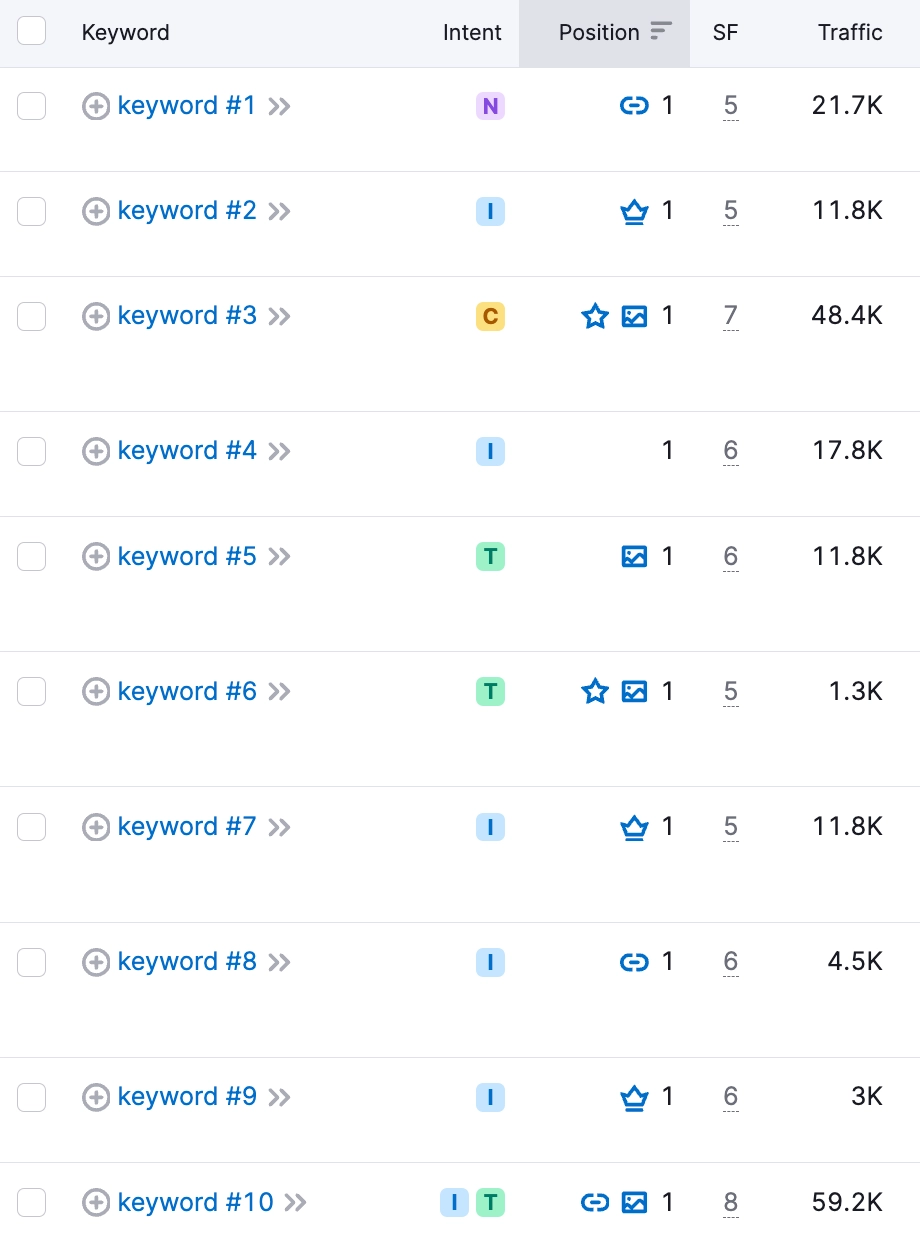Appearing in 2006, local SEO is an optimization technique that consists of creating a business profile in the map section of search engines. This way, you can take advantage of optimized display in Google results, ensuring greater visibility.
Local SEO is of great importance to businesses, restaurants, hotels, and all companies wishing to attract customers to their premises or indicate their location. Since search engines are programmed to display results based on relevance, it is essential not to neglect this aspect to gain places in Google’s ranking.
In 2014, Google launched Pigeon, a major algorithm update that disrupted the world of local SEO. Now, even if user queries are implicitly associated with a given location, search results will appear based on the user’s geolocation. Another hurdle for businesses that had to modify their SEO strategy accordingly. You will understand that on the web, changes are constant and it is essential to constantly adapt.
If you are still hesitant to integrate geolocated referencing into your online marketing strategy, this article should certainly convince you!
Here are 10 tips to improve your local SEO:
1. Optimize your Google My Business listing to improve your local SEO
The first step before focusing on local SEO would be to create a Google My Business listing. Afterward, you will need to provide as much information as possible to optimize your profile. As Google maps are displayed at the top of the results, geolocated referencing represents a unique and free opportunity to outperform competing businesses that have put in fewer optimization efforts. Thus, you will need to:
- Complete your business profile with relevant information that matches the search queries of users;
- Choose the category or categories of business that concern you (Google recommends checking the least possible categories);
- Upload your logo and one or more representative images;
- Activate the option that allows users to rate you (Google favors companies with the best ratings).
As many users use Google in their searches, most of the traffic to your site will certainly come from this platform. However, there are other search engines such as Bing (Bing Places for Business) or Apple (Apple Maps Connect) on which it would be interesting to have a business profile.
2. Register on online directories
Directories often obtain the top positions that follow the Google My Business block
They can be:
- Generalist
- Sectorial
- 3Local.
It’s up to you to decide which directories will best highlight your business. Take into account factors like audience, directory visibility, the nomenclature used, and the presence of an effective mobile version, and of course, don’t forget to consider the importance of customer reviews.
In addition to general directories, there are specialized directories related to a well-defined sector. You can register your business with certain e-commerce and editorial sites to include your contact information.
3. Optimize the content of your website
It is entirely false to think that SEO stops at natural referencing. In reality, all the actions that make up your online marketing strategy are complementary and overlap to increase your visibility. Thus, optimizing online content is one of the aspects to work on to improve your local SEO. You can create a beautiful profile on Google My Business, but the search engine will never put you forward if your website is not relevant.
Whether in titles (H1, H2, H3), meta descriptions, or editorial content, make sure that your business information, and especially your geolocation appears on several pages of your site. Website optimization is one of the factors that will certainly help you gain places in the Google map section. So, if you want to appear in the top 3 and outdo your competitors, you know what you have to do!
4. Use keywords and think about geolocating your SEO
Keywords are an integral part of your SEO strategy, which is why it is necessary to target them well for better local referencing. In addition to defining in advance the queries of your potential customers (User Intent), it is necessary to develop keywords with geographic indicators.
Keywords will be selected rigorously and must be consistent with the products or services you offer, as well as the geographical area in which you operate.
5. Behavioral signals
There are several behavioral signals that Google’s algorithm uses to determine the ranking order of local search results. Behavioral signals are actions that your audience’s users indicate how they interact and engage with the local business listings and websites.
The most common user signals that are monitored are:
- Click-through rate (CTR)
- Mobile device call clicks
- Clicks to social media
All of these factors are analyzed by search engines to help them determine which businesses are most relevant and receive the most valuable attention from searchers. A comprehensive local SEO campaign involves close monitoring of behavioral signals to make adjustments that will improve the user experience for local searchers. By monitoring these signals, you can help your local listing to rank better in search results and attract more customers near your business.
6. Encourage user reviews
By creating a profile on Google My Business, you expose yourself to user reviews. The number and quality of customer reviews are important criteria for local SEO.
The challenge is to collect as many reviews as possible from your satisfied customers. But how can you do that, especially when not all of your visitors think to leave a review?
Here are some tips on how to get feedback from satisfied customers:
- By using QR codes displayed directly in your establishments, for example. Your customers can then simply scan them to leave a review.
- Through SMS or email reminders, if possible.
- With field teams who don’t hesitate to ask satisfied customers for reviews.
7. Backlinking and local referencing
Did you know that the quality and quantity of backlinks pointing to a website strongly influence its ranking? In this case, it is very important to work on your backlinking to optimize your local referencing. It is then a question of increasing the number of external links on relevant sites or blogs operating locally.
You can achieve this in different ways, including participating in events, publishing press releases for local media, and creating partnerships with other websites for a visibility exchange.
8. Responsive web design: adapting your site to mobiles and tablets
Did you know that 60% of local searches are done from a mobile device? In this case, if your site does not have a mobile version, then all your efforts in terms of local referencing will be somewhat ineffective. Your natural referencing will also suffer.
9. Do not neglect voice search
Smartphones are becoming more and more powerful and especially present in our modern lives, making them an element not to be neglected. Voice search is an important aspect of SEO optimization for companies that want to stand out locally, so the interest in integrating voice search into their local SEO strategy is well-founded.
10. Advertise locally using Google Ads and Facebook Ads
These are the two most popular advertising tools, which should be integrated into your online marketing plan. Both offer very precise geographic targeting possibilities. Even though Google Ads and Facebook Ads are primarily used to generate traffic to your website, it is no less true that Google appreciates companies that make the effort to use online advertising. You will see, your local referencing will only be better!
Conclusion
Local SEO is now essential to generate organic traffic. Making your business visible on Google to capture prospects in a geographic area is a real advantage.
Good news: this goal is entirely achievable – and at a lower cost! The only condition? Deploy the right natural local SEO strategy on Google for your business and focus on the right drivers. Don’t hesitate to get support!




